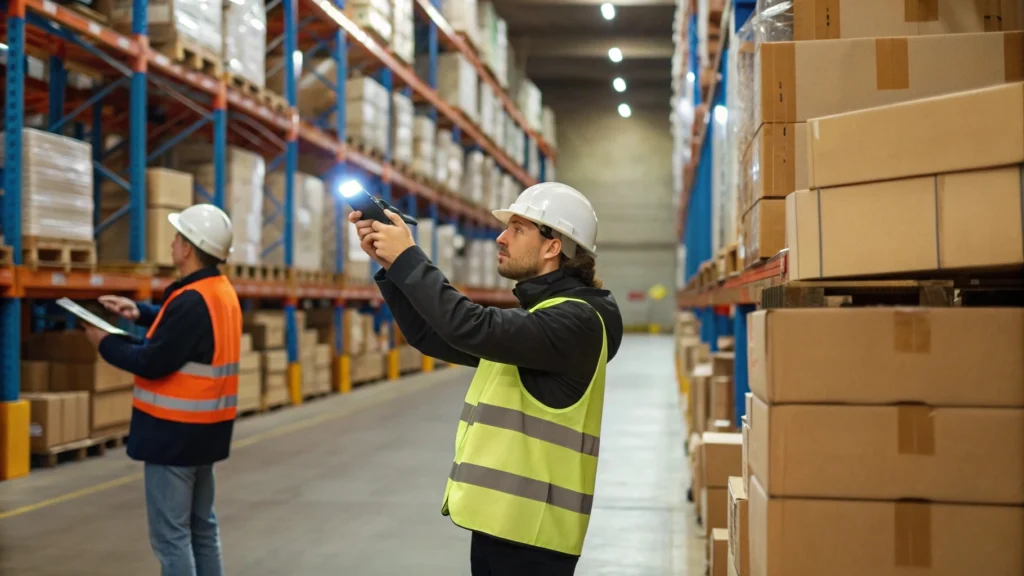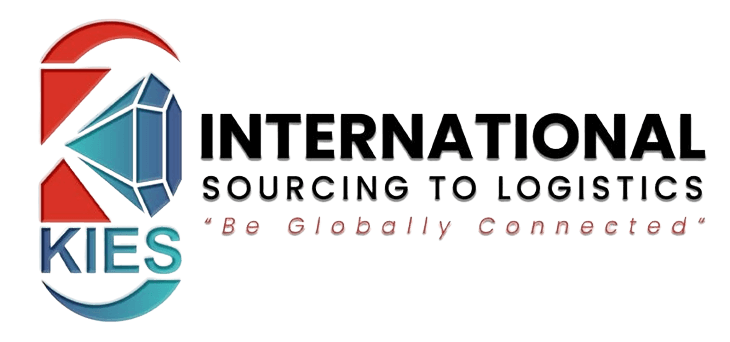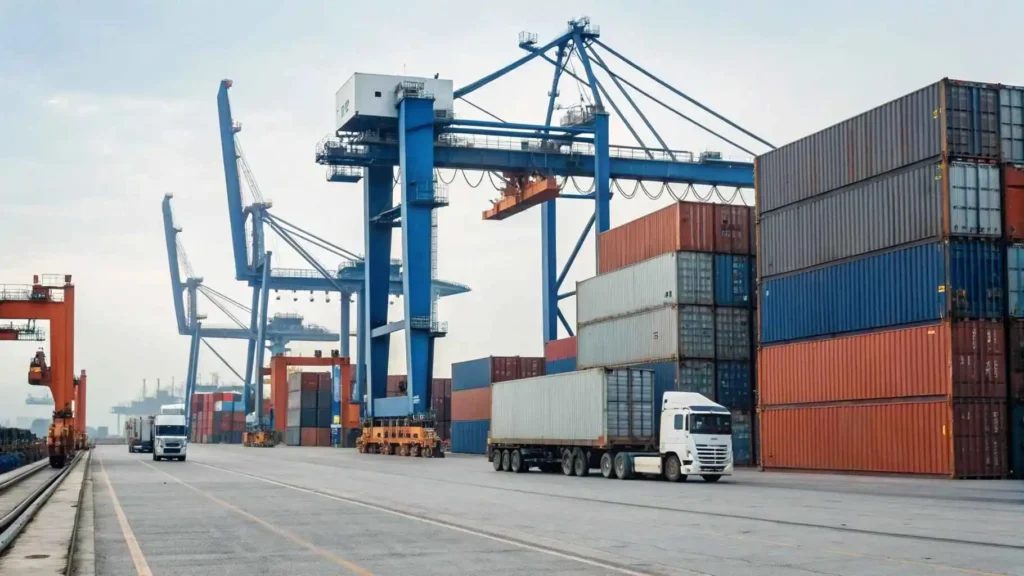Here’s the truth: Buying from China for importation can be a high-risk business that, if handled carefully, can change fortunes overnight, or in lax hands, lead to severe loss in the import and export market. It’s by far the largest double-edged sword that every smart businessman ought to get acquainted with on either side before he chooses to delve into it.
Why Businesses Import from China: Opportunities Explained
Everywhere you turn, there are seemingly hundreds of opportunities to import from China, and there’s a good reason why. We talk about the world’s manufacturing center: a place where your ideas for products are made available cheaply enough to make your local suppliers cry foul, especially when considering the benefits of importing goods from China. But then again, just because you’ve bookmarked Alibaba doesn’t mean you will inevitably succeed.
Rewards are numerous and large-scale: production cost goes down, you’re exposed to the best manufacturing technologies, and you can go into production conversion at great speed, allowing you to develop far ahead of your competition. The risks, on the other hand, can shatter your business even before you utter the words “quality control.”
Benefits of Importing from China for Global Businesses
Cost Savings When You Import Products from China
Importing electronics and other goods from China means savings of as much as 30-70% over local manufacturing; this is no small-time profit to be pocketed but the difference between profits and a bonus for cash.
Chinese import services had moved on from the reputation of “cheap and questionable.” Modern Chinese manufacturers make everything else from precision electronics to luxury items that could compete with the best anywhere else.
China Manufacturing Capabilities for Importers
Chinese factories do not just make things—they innovate. Need custom import business solutions from China? Specialized China import company partnerships—the manufacturing ecosystem is unrivaled. We’re talking about facilities capable of everything from prototype development to million-unit production runs.
The import/export infrastructure in China is so developed that you can go from a concept to a full-fledged product in a matter of weeks, not months, facilitating faster international shipping.
Common Risks of Importing Goods from China
Quality Control Challenges in Importing from China

Now for the reality. Importing Chinese wine or Chinese jewelry—whatever your product category—are quality consistency nightmares. One batch is perfect; one is not usable at all. Without proper inspection or refusal from your side, you are simply putting your brand reputation at risk in the context of import regulations.
Solution One: Never skip the inspection phase. Never. Third-party quality control is your business insurance.
Hidden Costs of Importing from China You Must Know
Import duty from China to Nepal and other miscellaneous charges can blindside you. What seems like a 50% cost saving turns into a 10% saving after you have put in the costs of import products from China.
- Import duties and taxes can impact the overall cost of international trade.
- Shipping costs (especially for importing cars or heavy items from China via sea freight)
- Customs clearance fees
- Storage and handling charges can significantly add to the total cost of importing goods from China.
| Cost Category | Typical Range | Impact on Margins |
| Import Duties: Understanding these is vital for selling products in the international market. | 5-25% | High |
| Shipping | $2-8/kg | Medium |
| Customs Clearance is essential when dealing with import duties and tariffs on imported textiles. | $200-500 is a typical range for shipping costs when dealing with products to import. | Low-Medium |
| Quality Control: | $300-1000 | Low |
Customs Documentation for Importing from China
Import China duty calculations, customs paperwork, and compliance certificates—miss one and your shipment will be in customs limbo while your customers await the arrival of their products to import. It is not simply paper; it represents the intricate shipping process involved in international trade. It is doing the difference between smooth operations and the total chaos of business.
Best Strategies for Importing from China Successfully
How to Choose Reliable Suppliers in China
Don’t just scroll through China import site listings and hope for the best. Successful importers follow a systematic approach to navigating import regulations and managing the shipping process.
- Request business licenses and certifications
- Order samples before committing to large orders
- Verify factory credentials through third-party audits
- Check references from other international buyers who have worked with suppliers in China.
Payment and Financial Protection in China Imports
Import-from-China goods transactions should never be based on trust alone. Use:
Payment Methods
Large orders ideally require Letters of Credit.
Trade Assurance programs.
Escrow service as another security solution.
Even staged payments may be considered, based on milestones.
Shipping and Logistics for Importing from China
Whether it is electronics imported from China or food imported from China, your logistics strategy for international shipping will spell success or failure for you. You’d better consider:
- FOB versus CIF terms (and understand the difference)
- Container consolidation for smaller orders is an effective shipping method to optimize costs.
- A reliable freight forwarder with local expertise is vital for efficient air freight and sea freight operations.
- Insurance coverage
Choosing the Right Import Partner
Here’s the insider secret: You do not have to traverse this maze alone. Smart entrepreneurs leverage experienced partners who’ve figured out the system.
At KIES Sourcing and Logistics Services, we have built our reputation by turning the challenges of importing from China into opportunities for businesses. We undertake everything to expedite the process, from payments to suppliers (TT/LC) to customs clearance, to ensure that your import from China business will be on track while you focus on growth.
Such an approach leaves out the guesswork:
- Vetted supplier network
- Quality control at every stage
- Transparent cost structure
- Reliable documentation and customs handling
Import from China: Risk vs Reward Guide
| Factor: | High Reward Scenario | High Risk Scenario |
| Supplier Relationship with a reliable supplier in China for Chinese products is crucial for success. | Established, verified partners in international trade | New, unvetted suppliers in China can pose risks in international trade. |
| Product Complexity | Simple, standardized items can be efficiently shipped as cargo through established shipping methods. | Complex, custom products often require careful handling in international shipping to ensure compliance with import regulations. |
| Order Volume: | Large, consistent orders | Small, irregular orders |
| Market Knowledge | A deep understanding of import regulations is essential for successful international shipping. | Limited experience in international trade can lead to costly mistakes when importing goods from China. |
Final Thoughts: Should You Import from China?
You are not just buying products when you import goods from China—instead, you are embarking on a supply chain strategy that might make or break your business. The rewards are huge, but for those who know how to minimize the risk.
The entrepreneurs who become winners in this game do not spend much time researching just the cheapest supplier or the best way to import from China with Alibaba deals. They develop systems, relationships, and partnerships to make importing a sustained competitive advantage.
If you’re ready to try import from China actions without worrying about the headaches, your best bet is aligning yourself with those who have been through it and can lead you to success while helping you avoid the traps that tend to swallow the amateur importer.
Your next big business breakthrough could very well be the next container ship away, but that depends on whether you are good at this game or not.

